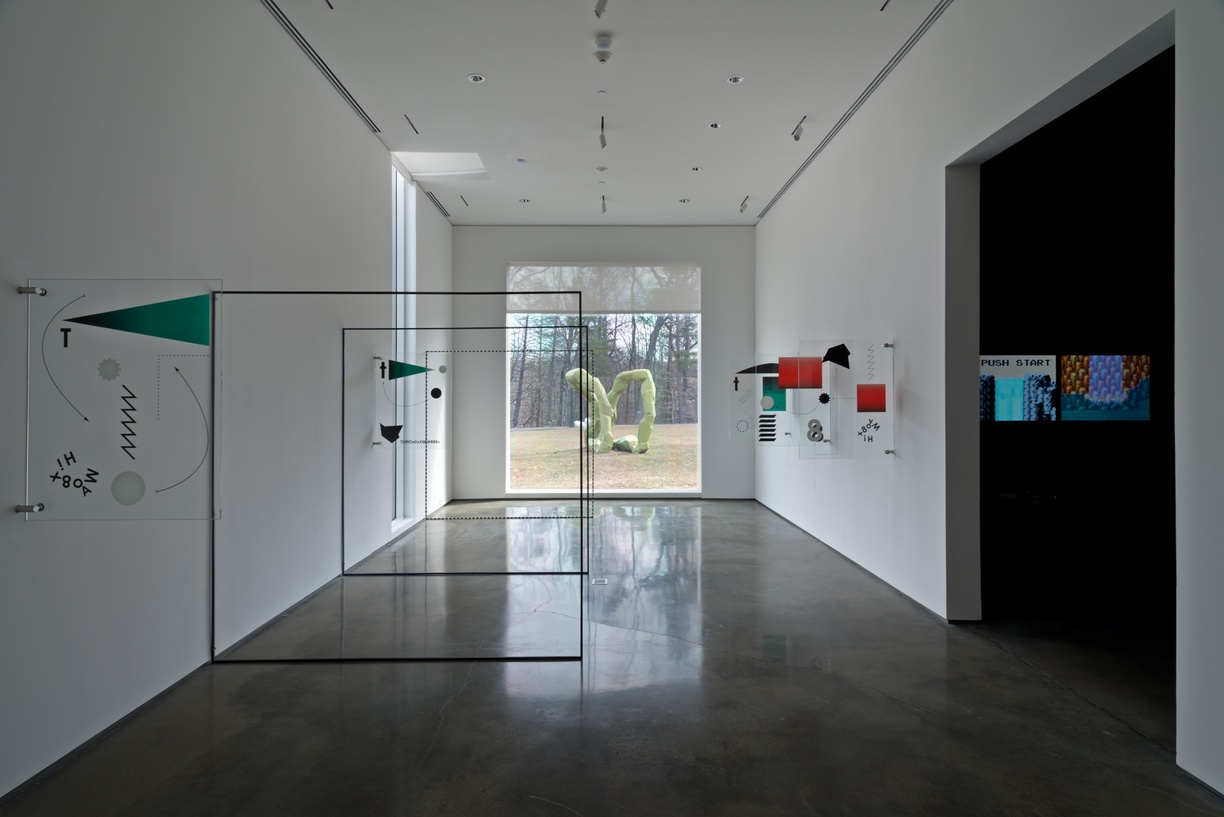
Images are no longer held up to simply register the traces of lived experience. Instead, composite images, pixels, designs, and seemingly innocuous geometric forms behave more like language, symbols, and materials; replicating in an autopoietic process that permeates life systemically and at turbo speeds. These idea-images are the building blocks of how our world is constructed and when applied take different forms: from the immersive environment of video games, to the architectural imaging software at the heart of imagining new cities, to the systems used to coordinate the global movement of goods we consume, and the virtual, but real, nature of the financial markets today. In other words, they constitute the very basis for constructing our world, how we move through it, and subsequently how our subjectivities are pressured through these mechanisms. We are asked to constantly reframe our relationship with our own capacities and thresholds and adapt to the indeterminacy that they perpetuate.
Works in the exhibition by Jose León Cerrillo, Harun Farocki, and Daniel Keller and Ella Plevin decode the process by which these virtual forms actualize, and make the transformation from abstract to concrete visible and tangible. Adaptive Permanence proposes that in doing so, they convey the complexity of how our constructed world is structured, formulated and designed. This aesthetic gesture amounts to a pointing which may catalyze the need for a parallax shift—a pivot—in the way we view our capabilities within such seemingly impossible structures.



